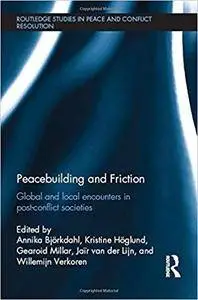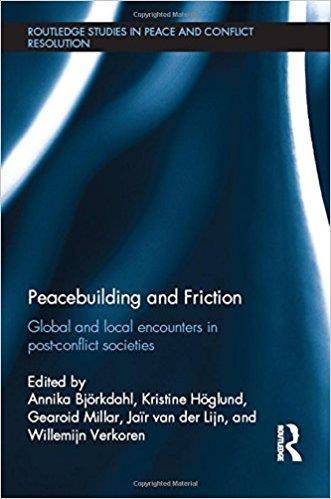Peacebuilding and Friction: Global and Local Encounters in Post Conflict-Societies by Annika Björkdahl, Kristine Höglund, Gearoid Millar, Jair van der Lijn, Willemijn Verkoren
English | 2016 | ISBN: 1138937517 | 236 Pages | PDF | 5.7 MB
English | 2016 | ISBN: 1138937517 | 236 Pages | PDF | 5.7 MB
This book aims to understand the processes and outcomes that arise from frictional encounters in peacebuilding, when global and local forces meet.
Building a sustainable peace after violent conflict is a process that entails competing ideas, political contestation and transformation of power relations. This volume develops the concept of ‘friction’ to better analyse the interplay between global ideas, actors, and practices, and their local counterparts. The chapters examine efforts undertaken to promote sustainable peace in a variety of locations, such as Cambodia, Sri Lanka, Afghanistan, and Sierra Leone. These case analyses provide a nuanced understanding not simply of local processes, or of the hybrid or mixed agencies, ideas, and processes that are generated, but of the complex interactions that unfold between all of these elements in the context of peacebuilding intervention. The analyses demonstrate how the ambivalent relationship between global and local actors leads to unintended and sometimes counterproductive results of peacebuilding interventions. The approach of this book, with its focus on friction as a conceptual tool, advances the peacebuilding research agenda and adds to two ongoing debates in the peacebuilding field; the debate on hybridity, and the debate on local agency and local ownership. In analysing frictional encounters this volume prepares the ground for a better understanding of the mixed impact peace initiatives have on post-conflict societies.
This book will be of much interest to students of peacebuilding, conflict resolution, security studies, and international relations in general.



